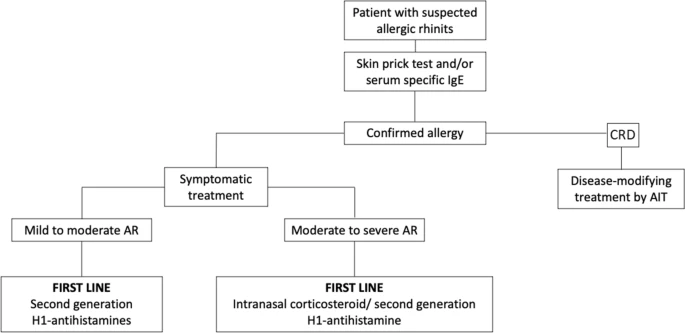- Research
- Open Access
Allergy, Asthma & Clinical Immunology 18, Article number: 74 (2022)
Abstract
Introduction Although the prevalence of allergic diseases, including food allergies, has increased over recent decades, relevant information on this topic is still lacking, particularly in younger children living in small cities.
Objective To investigate the prevalence of reported food allergies in preschoolers in Limoeiro/Pernambuco, Brazil.
Methods
This was a cross-sectional study with preschoolers. Parents/guardians of all preschoolers enrolled at municipal schools between March and June 2019 (total of 619) were invited to complete a screening questionnaire (total of 619). Another 151 questionnaires were applied on the streets of the town.







